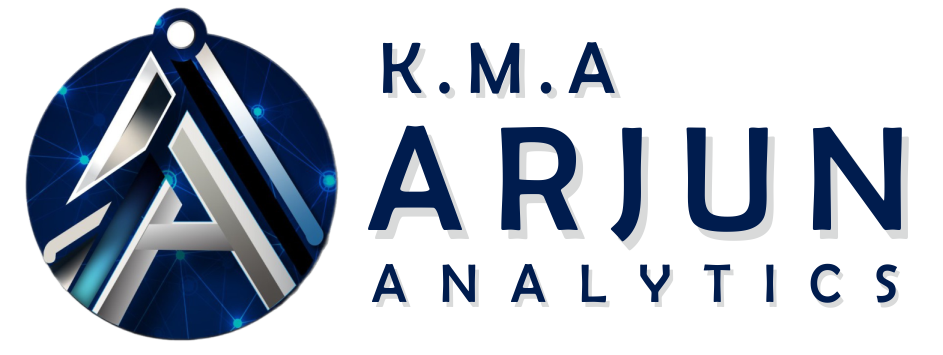Cloud Data Engineering
INTRODUCTION TO CLOUD DATA ENGINEERING
Module 1
- Overview of Cloud Computing and Data Engineering: Understanding the fundamentals of cloud computing and how it revolutionizes data engineering.
- Benefits of Cloud-Based Data Solutions: Exploring the advantages of using cloud platforms for data storage, processing, and analytics.
- Comparison of AWS, Azure, and GCP: A detailed comparison of the leading cloud providers, highlighting their strengths and use cases in data engineering.
SQL FUNDAMENTALS FOR DATA ENGINEERING
Module 2
- Mastering SQL Queries for Data Retrieval and Transformation
- SELECT Statements and Data Retrieval
- Filtering and Sorting Data
- Aggregation and Grouping
- Joins and Subqueries
- Window Functions for Advanced Analysis
- Creating and Modifying Tables
PYTHON FOR DATA ENGINEERING
Module 3
- Python Essentials for Data Engineers
- Data Types, Variables, and Operators
- Control Structures (Loops, Conditional Statements)
- Functions and Modules
- File Handling in Python
- Exception Handling
- Data Structures (Lists, Dictionaries, etc.)
CLOUD DATA STORAGESOLUTIONS
Module 4
- AWS : Amazon S3 (Simple Storage Service)
- Amazon RDS (Relational Database Service)
- Amazon Redshift
- AWS Glue Data Catalog
DATA PROCESSING AND ETL
Module 5
- AWS : AWS Glue
- Amazon EMR (Elastic MapReduce)
- AWS Data Pipeline
- AWS Step Functions
DATA ORCHESTRATIONAND WORKFLOW AUTOMATION
Module 6
- AWS: AWS Step Functions
- AWS Data Pipeline AWS Glue Workflows
REAL-TIME DATAPROCESSING AND STREAM ANALYTICS
Module 7
- AWS : Amazon Kinesis
- AWS Lambda (for real-time processing)
DATA MONITORING ANDLOGGING
Module 8
- Monitoring Tools (e.g., AWS Cloud Watch, Azure Monitor, Google Cloud Operations Suite)
- Logging Best Practices for Data Pipelines
- Alerting and Anomaly Detectio
- Implementing Effective Data Monitoring Strategies
- Setting up Monitoring Dashboards and Alerts
- Log Collection and Aggregation
- Anomaly Detection and Alerting
- Performance Metrics and KPIs
- Error and Exception Handling in Logs
- Integrating with Monitoring Tools
REAL-TIME DATAPROCESSING AND STREAM ANALYTICS
Module 9
- Introduction to Apache Spark for Cloud Data Processing
- Setting Up Apache Spark on Cloud Platforms
- Data Ingestion and ETL with Apache Spark on Cloud
- Optimizing Data Pipelines with Apache Spark
- Spark SQL: Querying and Analyzing Data on the Cloud
- Real-time Stream Processing with Apache Spark
- Machine Learning with Apache Spark on Cloud
- Advanced Techniques for Scalable Data Engineering with Spark
- Monitoring and Debugging Apache Spark Applications on the Cloud
- Best Practices for Performance and Cost Optimization in Cloud-based Spark Deployments
DATA MONITORING ANDLOGGING
Module 10
- Getting Started with Data bricks for Cloud Data Engineering Setting Up a Data bricks Workspace
- Collaborative Data Processing in Data bricks
- Version Control and Collaboration Features
- Data bricks Notebooks and Jobs
- Leveraging Data bricks for Data Processing and Analysis
- Clusters and Scalability in Data bricks
- Integrations with Cloud Data Storage Solutions
SERVERLESS COMPUTINGFOR DATA ENGINEERING
Module 11
- Serverless Architectures and Compute Services (e.g., AWSLambda, Azure Functions)
- Benefits and Considerations of Serverless Data Pipelines
DISASTER RECOVERY ANDHIGH AVAILABILITY
Module 12
- Designing for Disaster Recovery and Business Continuity in the Cloud
- Implementing High Availability Solutions for Data Engineering Workloads
COST OPTIMIZATION ANDRESOURCE MANAGEMENT
Module 13
- Cloud Cost Management Strategies (e.g., AWS Cost Explorer, Azure Cost Management)
- Resource Scaling and Optimization Techniques
DATA SECURITY AND COMPLIANCE IN THE CLOUD
Module 14
- Security Best Practices for Cloud Data Engineering
- Encryption and Key Management
- Access Control and Role-based Permissions
- Data Masking and Anonymization
- Regulatory Compliance (GDPR, HIPAA, etc.)
- Security Auditing and Monitoring
- Incident Response and Data Breach Handling

